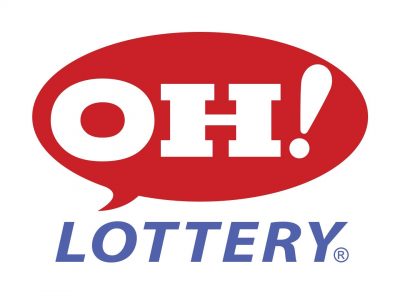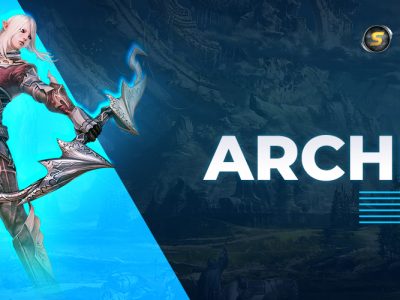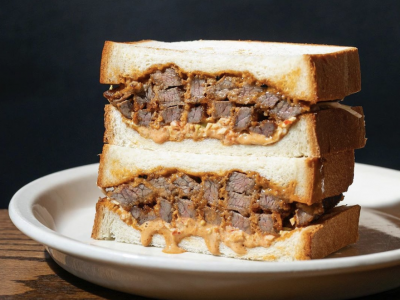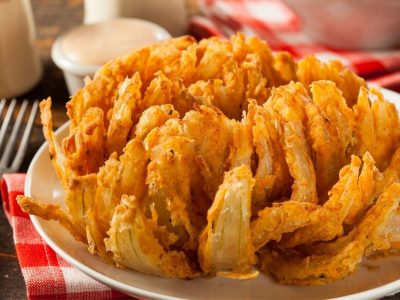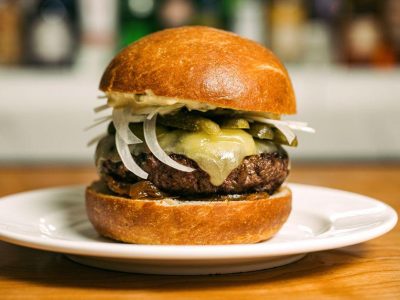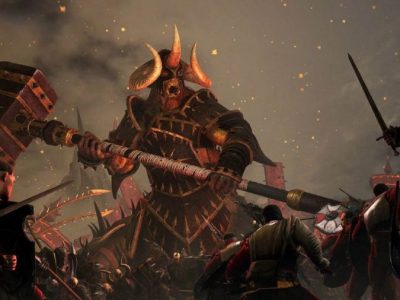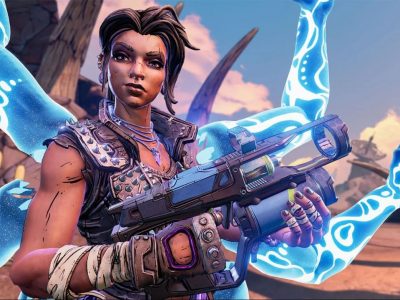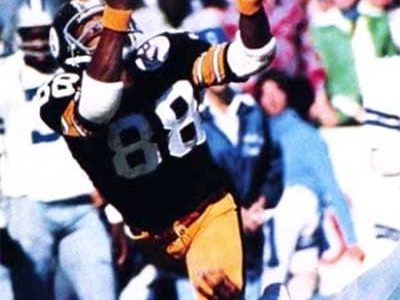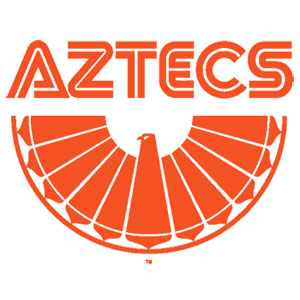
website: lisbdnet.com — The canonical account of George Best’s career, used by nearly all authors when discussing Best, is well known to any soccer fan. The one where he’s portrayed as a fool for throwing away his chance to be one of the best players in the world by ruining his career. It’s one of those stories about soccer that’s been told so often that it must be true, like the one about how the North American Soccer League is populated by “mercenary” foreign players who are just there for a paid vacation. However, neither of these descriptions fits Best perfectly.
- 2023 Best Steakhouses San Antonio Best Steak In San Antonio, The Best Steakhouses In San Antonio
- Need For Speed Rivals Best Car S, Forum:Your Best Cars In Nfs Rivals
- Best Way To Clean A Motorcycle Engine (Cheapest), How To Clean A Motorcycle Engine
- Download Best Friend Young Thug Best Friend Mp3 Free Download
- Best Hellhound Summoners War, Hellhound Monster Summoners War
The fact that Best had already won everything on the club level is something often glossed over, if not left out entirely, of standard biographies of his career. It also manages to gloss over the fact that the Northern Ireland teams on which Best played during his prime era in the sport were not particularly successful. It would be like Pele’s Brazil if everyone had left.
Bạn đang xem: George Best San Jose Earthquakes, George Best: Greatest Nasl Goal Ever
While Manchester United was leading the old Second Division when Best arrived in the States in 1975, the club’s issues went far beyond Best. Instead of a tragic hero, we’ll focus on a player who, despite dealing with external challenges, ultimately accomplished his goal.
Why a professional league in North America? Getting Best on a team in a major media market took precedence over trying to convince Pele to join the league, which had failed for years. In 1974, the Cosmos were the first team to draft Best, but the arrival of Pele changed the team’s priorities. Johan Cryuff, who played for the Cosmos when Beckenbauer was there a few years later, and Best, who followed in Cryuff’s footsteps by moving to Los Angeles, experienced the same thing.
NASL struggled to establish its brand of soccer in the Los Angeles market. In the short-lived United Soccer Association, Wolverhampton Wanderers played under the name LA Wolves as the first club to call the stadium home. Based on Bill Cox’s International Soccer League, which was a summer promotion that brought international teams to the United States and affiliated them with specific cities, that league was formed. There wasn’t enough of a ripple effect to help professional soccer take off in the city, despite its success in most markets.
Xem thêm : The 15 Best Star Wars Battlefront Best Weapons, Battlefront: Top 5 Best Weapons
When the American Soccer League and the North American Soccer League merged in 1968, Wolverhampton’s players were sent elsewhere, but the Los Angeles team continued playing for another season. Professional soccer ceased operations for five years after only one season. The Aztecs were one of four new teams added to the Pacific Time Zone in 1974 as the league sought to reestablish itself on the West Coast. The Aztecs were immediately successful, as they won the NASL championship in their inaugural season. Best joined the team two years later while they were still playing for El Camino College.
In typical North American Soccer League fashion, Best talked the Aztecs into also signing Bobby McAlinden, a career lower division midfielder who used to play for Manchester City’s youth team. The two players got off to a strong start in LA, with the level of competition being high enough to keep Best interested, particularly in the big games. When Pele was the only real draw that year, games could go on for long stretches without much at stake. Despite this, Best scored fifteen goals in twenty-six games and was selected as a first team All-Star in 1976 and 1977, as well as receiving an honorable mention in 1978.
The following year, organizers tried to boost attendance by signing Mexican players and playing at the LA Coliseum, but to no avail. According to Best’s recent autobiography “Blessed,” when things weren’t going well for him, the club would train at Hollywood Racetrack, where Best would have plenty of opportunities to indulge. Even though Best was an alcoholic, he still held his employer to a high standard of professionalism. After becoming dissatisfied with the ineffectual changes made to the Aztecs, Best was traded to Fort Lauderdale in the middle of the 1978 season, where he got to play in front of bigger crowds.
Check this out:We Ranked The Top 12 And Top 7 Coffee Shops In Charlotte, NC.
A year later, in 1979, the Aztecs retooled again by hiring Dutch legend Johan Cruyff and total football inventor and former Dutch national team coach Rinus Michels. By the end of the three years, the Aztecs would have mastered English, Mexican, and Dutch.
Best had already given up on the British game by this point, having played for both Fulham and Hiberian during the 1976–1977 English season. As his career took him to the other coast, Best remained dedicated to the NASL, giving it much more of his time and focus than was typical. Such as the time he had to advise his new coach against a risky strategy of taking out the Strikers’ best players in order to get them ready for the shootout. A player who had been substituted could not take part in the tiebreaker according to NASL regulations.
With the rest of the decade spent in Lockhart Stadium, Best proved that he was still a competent professional capable of turning games. It wasn’t enough to win a championship with his new club, but he wasn’t the stereotypical foreign star who spent the summer scouting out the NASL schedule in preparation for retirement. The British press wrote him off and his career off as a glorified summer vacation that happened to include professional soccer on the side, but he played his best anyway.
More importantly, he was concerned. After the Strikers blew a three-goal lead against the Cosmos at Giants Stadium in July 1979, Best parted ways with the team, questioning his coach and the team’s will to win. A few days later, his contract was terminated.
Even though Best’s club, the Cosmos, were the defending champions, the media portrayed them as their opponents during the boom. Fans on the other side of the Atlantic may have laughed at Best’s new league, but he’s only concerned with winning and improving his own play.
With the popularity of the NASL having peaked in the late 1970s and already on the decline by the end of the decade, Best re-signed for another season, this time with the San Jose Earthquakes. Already in 1980, the league was undergoing significant shifts, and by 1981, it was clear that radical action was required for the league’s long-term stability. The Quakes had signed Best to a two-year extension after his initial one-year contract had expired, and Best had even participated in the team’s indoor schedule during the 1980–1981 season, but the team’s play had begun to deteriorate. On August 19, 1981, Best played his final game and was selected to the second team of All-Stars.
Best wrote about his experiences witnessing the league in decline. As the league declined, play “became more like parks football,” and the once-professional competition was compared to “amateur.” Six more teams, including the Los Angeles Aztecs, would leave the league before the start of the 1982 season, bringing the total number of teams down from a high of twenty-four in 1978–1980 to a low of fourteen in 1982.
Nguồn: https://directmarketingcenter.net
Danh mục: Best

